Industry news
Making Your Reader Funnel a Success in 2024 and Beyond: A blueprint from the INMA Media Subscription Summit
The February 2024 INMA Media Subscriptions Summit in New York was a pivotal gathering for the news media industry, drawing 282 professionals from 35 countries. In its seventh year, this event emphasised the evolving dynamics of journalism and news brands through an agenda that included a mix of keynote addresses, interactive sessions, and networking opportunities.
In this article, we summarise the key discussions which took place. They revolve around integrating AI in marketing, subscription growth strategies, and the impact of technology on storytelling and engagement.
1. The Good News: An Optimistic Outlook for News Media Subscriptions
Contrary to the narrative of subscription fatigue, the industry is witnessing a resurgence of interest in high-quality, reliable news sources.
This resurgence is particularly significant when news subscription penetration remains below 1%, suggesting a vast untapped market potential. The upcoming news cycle, marked by 79 elections worldwide in 2024, presents a unique opportunity for news organisations to capitalise on the heightened demand for trustworthy news.

2. Laying the Groundwork: Strategic Foundations for Subscription Success
In the arena of news media subscriptions, understanding the strategies for success is paramount. The summit highlighted three key foundations any news organisation should seek to establish.
A. Prioritise a Mobile-First Reader Experience in Design
Riske Bette from Mediahuis posited that the product should be the primary driver for customer acquisition, conversion, and expansion. This leverages the product’s inherent value and user experience to foster organic growth.
Emphasising the product’s intuitive design and value proposition, Bette draws on the analogy, “People don’t want a quarter-inch drill, they want a quarter-inch hole,” highlighting the shift from traditional marketing/sales-led growth to a more organic, product-centric approach.
The implications for publishers are profound, even in how to lay out an article in the digital era.
Mario Garcia, Senior Adviser on News Design at Columbia University, stressed the importance of mobile consumption by noting that designing stories for a linear and vertical flow has become critical. This approach aligns with the statistic that 40% more readers will engage with an article if it features an animated asset at the top, emphasising the need for content to be visually engaging from the outset.
B. Value The Importance of Cross-Functional Teams
The Summit emphasised the fact that creating a highly engaging, mobile-first reading experience requires the backing of a digital-first organisation.
This is no easy effort, as pointed out by Filippo Davanzo, Head of the Digital Business Unit at La Repubblica, and requires working on various dimensions, from instilling in the newsroom the confidence that “digital = print”, fully revisiting the news production process to setting an entirely new set of KPIs.
The solution many organisations have found, including leading Scandinavian publishers like Bonnier News and Stampen Media, is to abolish silos within the organisation altogether and build well-trained cross-functional teams.

Lydecker’s overhaul of Bonnier News into a multi-disciplinary force showcases this change. “The trick here is that we have combined every competence in each team”, he elaborated, showing how the formation of cohesive teams has significantly boosted its efficiency and concentration.
This unified strategy hastens the pace of product innovation and market adaptability, establishing a robust base for continuous creativity and expansion in the ever-changing media environment.
“We no longer have a Tech Department.”
Alexander Lydecker
C. Deeply Understand of Your Audience
Dan Christ and Ann Poe’s insights from Advance Local highlighted the pivotal role of comprehensive consumer research in understanding and engaging readers.
Their multi-faceted approach to consumer research—encompassing online newspaper studies, ongoing reader surveys, quantitative but mostly qualitative—revealed a wealth of information they could use to improve all aspects of their offering and communication to readers.

From seemingly small things, such as the fact that their readers referred to the eEdition as “BrandName Online Newspaper”, down to the reasons why they subscribed in the first place (supporting local news), how they like to access the product (newsletters) as well as the importance of offering the opportunity to gift articles to their family and friends, Advance Local has managed to leverage this information to fine-tune its offering and drastically increase customer satisfaction.
These findings underscore the complex ecosystem of news consumption and the importance of understanding subscriber motivations and behaviours.
3. Acquisition: Pivoting at the Speed of News for Superior Customer Engagement
In news media, acquisition strategies are as dynamic as the news cycle itself.
The Summit shed light on the necessity of agility and adaptability in marketing strategies, which must keep pace with the rapid unfolding of major news events.
The call to market at the speed of news is to embrace collaboration between marketers, editors, and newsrooms. Sheryn Weiss, Chief Marketing Officer at The Wall Street Journal, stressed the importance of ensuring communication strategies remain relevant and timely.
Bringing the example of the First Republic Bank bankruptcy story, Sheryn presented how the WSJ has adapted their marketing processes, responding to big news events within just a few hours instead of days in the marketing communication strategies:
- At 7 AM, a breaking news story about First Republic filing for bankruptcy comes out.
- By 9 AM, WSJ deployed content marketing across social channels, examining the story from multiple perspectives (what happened, how does it impact the reader, Q&A)
- By 3 PM, a tailored acquisition campaign featured a compelling paywall message – “News that shapes your world. As it breaks.” – accompanied by a $1/week offer.
- By 5 PM, content promotion was underway, drawing insights directly from the articles to automate the production of creative materials.

Similarly, The Washington Post leverages segmentation to enhance customer engagement and loyalty. Anjali Iyer, the Global Lead of Lifestyle Marketing, detailed how the Post segments its audience based on political engagement, identifying three distinct consumer profiles. This segmentation, she argues, is “the basic foundation of loyalty and retention.”
Under Iyer’s strategy, The Washington Post crafts broad and deep content, ensuring it is relevant to the geographic and diverse interests of its readers. Personalised messaging is key, treating each reader as unique rather than part of a monolithic group. This approach is scaled through automation, allowing for efficient and effective engagement.

The Washington Post’s marketing team can tailor their messaging more precisely by categorising readers by their political interests and engagement levels. This personalisation optimises the consumer experience and enhances the potential for conversions. Iyer highlights the importance of experimenting with different tactics to discover the most authentic ways to convert readers, using data to inform and guide strategy.
Finally, Mediahuis’s adoption of Product-Led Growth transcends the traditional subscription model by asserting that the actual value of a subscription lies not just in accessing content but in experiencing the product’s full suite of features designed for user engagement.
Subscribers are seeking more than just news; they are looking for a platform that offers a seamless, mobile-first experience, personalised to their preferences and conducive to their lifestyle.
This approach demonstrates that when users perceive clear value in their interaction with the product, such as the convenience of e-paper on Sundays or the exclusivity of premium content, they are more likely to engage deeply, thereby driving organic growth and reducing churn. In essence, the value perceived in the product experience is the new currency in customer acquisition strategies.
4. Bundles & Partnerships are Key Drivers for Subscription Growth
Coming into this summit, every attendee looked forward to hearing more about bundling and its effectiveness in driving revenue growth. Schibsted and Bonnier News, through their innovative bundling strategies, have demonstrated significant improvements in content consumption, cross-product usage, average revenue per user (ARPU), and loyalty.

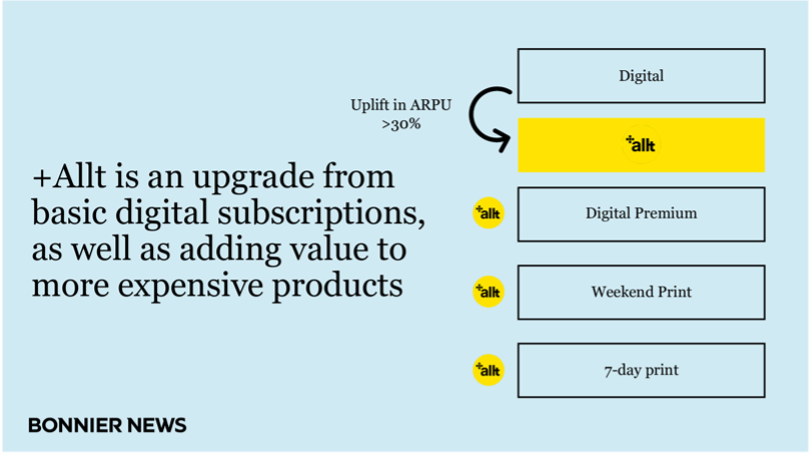
Schibsted’s dynamic bundles, designed to meet diverse audience interests, and Bonnier News’s bundled subscription, amalgamating over 50 brands, exemplify the power of bundling in boosting subscriber engagement and growth. This approach is akin to The New York Times’ successful bundling of news, recipes, games, Wirecutter, and The Athletic, catering to varied consumer interests and enhancing the subscription’s overall value.
Bonnier, in particular, has observed that local brands primarily drive the decision to opt for a bundled subscription, underscoring the importance of regional content in attracting subscribers.
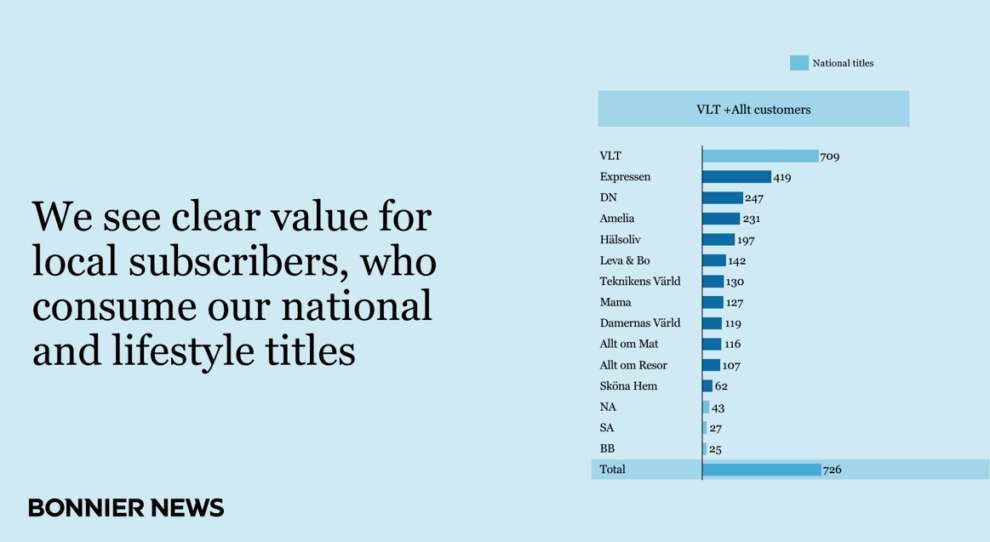
This insight, corroborated by Advance Local, highlights the initial appeal of local news in the decision-making process for subscribers. However, once the subscription is active, national titles, such as The Expressen in Bonnier’s case, dominate engagement metrics.
This shift from local to national interest post-subscription suggests a layered strategy in content presentation, where local brands serve as the entry point, and national titles maintain and deepen engagement.
Another exciting growth strategy was presented by Bild, as shared by Daniel Mussinghoff, director of premium at Axel Springer. The Bild case showcases the significant role of brand identity, partnerships, and pricing in driving digital subscriber growth.
With Bild having surpassed 700,000 subscribers, the journey of the German publisher emphasises the need for additional value propositions to attract new readers. Through securing exclusive rights, such as highlight clips of the German football league, and engaging in over 100 partnerships, including exclusive pre-sale concerts and unique experiences like chartered aeroplanes to the World Cup, Bild has effectively broadened its subscriber base and revenue. These partnerships, coupled with influencer marketing and social media, have expanded Bild’s reach and connected the brand with readers through memorable experiences.
5. Retention: Cultivating Longevity in Subscriber Relationships
In the ecosystem of subscription models, retention emerges as a critical pillar, essential for maintaining a stable revenue stream and nurturing enduring subscriber connections. Highlighted by Advance Local and Mediahuis insights, the ePaper stands out as a linchpin for retention. Its effectiveness is twofold: subscribers engaged with the ePaper show a lower propensity to churn and generate higher Average Revenue Per User (ARPU) and margins. These insights position the ePaper as a strategic bridge, easing print readers into the digital realm and bolstering digital loyalty.
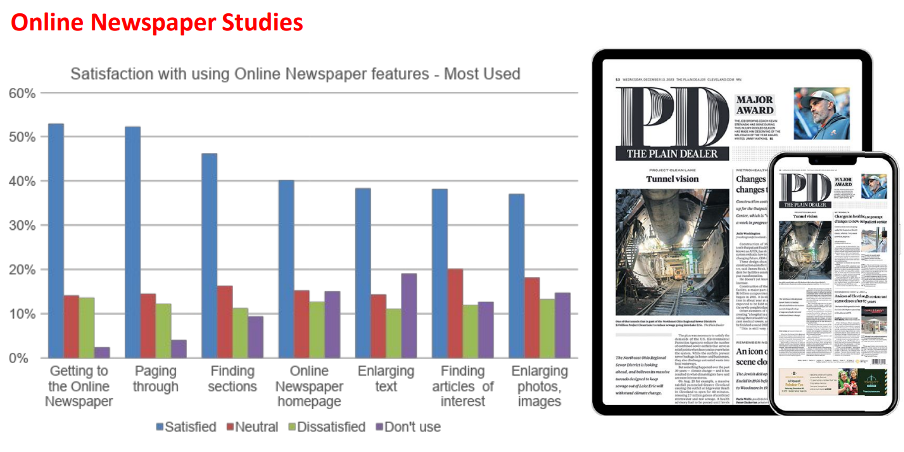
Advance Local’s refined approach to understanding subscriber churn—transitioning from a simplistic query to a detailed 3-step inquiry process—reflects a deeper dive into the reasons behind cancellations, enabling more targeted retention strategies.
Retention is about maintaining a subscriber base and deepening the connection between the reader and the publication. Advance Local’s survey indicates that 44% of subscribers cancel because they don’t read enough, suggesting personalisation could be pivotal in mitigating this challenge. By utilising advanced analytics to understand reader behaviour and preferences, publishers can curate content that aligns more closely with individual interests, potentially reigniting a reader’s habit and affinity for the publication.
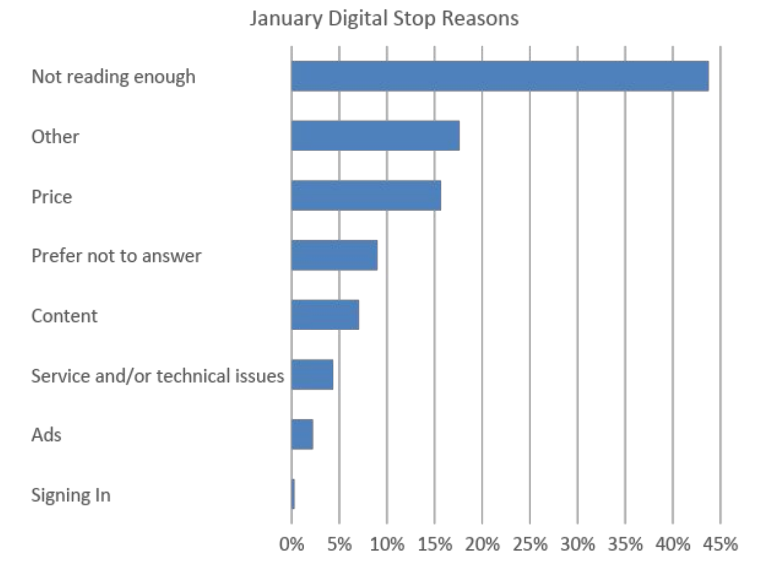
Similarly, Hearst’s implementation of dynamic pricing models showcases a nuanced method to enhance subscriber stickiness. By adjusting subscription prices based on geographic factors and engagement levels, gauged through a comprehensive ‘Subscriber Score’ that evaluates loyalty risk from 75 different angles, Hearst has adeptly tackled the challenge of price-related cancellations. This strategy underscores the superior effectiveness of dynamic pricing in retention compared to acquisition, aligning with Hearst’s ambitious goal to sustain its remarkable digital growth trajectory. Through these innovative practices, the narrative weaves a compelling story of how leading media entities leverage data-driven insights and subscriber-centric products to fortify subscriber relationships and ensure the continuity of their subscription lifecycle.
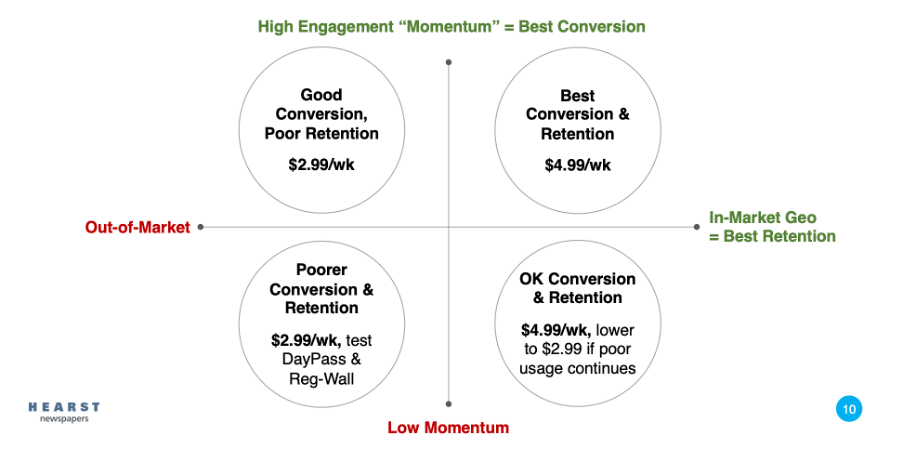
Conclusion
The insights and strategic frameworks shared during the INMA Media Subscription Summit highlight the critical need for a comprehensive approach to managing the reader funnel, from acquisition to retention. The emphasis on personalisation, data-driven decision-making, and a mobile-first orientation underpins the pathway to enhancing subscription models. The overarching message is clear: Success in 2024 and beyond hinges on an intimate understanding of the audience, leveraging cutting-edge technology and data analytics to meet and exceed their evolving expectations.
Other Blog Posts

Stay on top of the game
Join our community of industry leaders. Get insights, best practices, case studies, and access to our events.
"(Required)" indicates required fields

